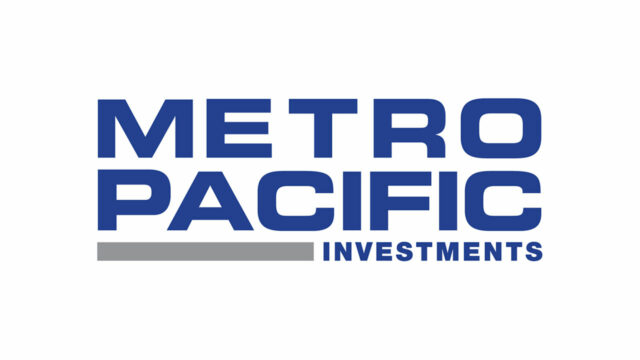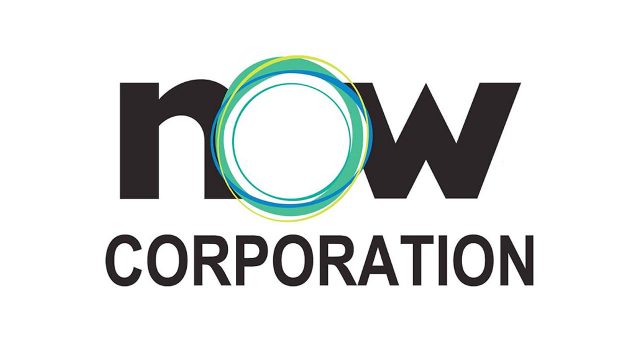Metro Pacific says to complete Axelum deal by yearend
TOKYO, Japan — Pangilinan-led Metro Pacific Investments Corp. (MPIC) remains keen on acquiring a stake in listed coconut products manufacturer Axelum Resources Corp. despite the challenges faced by the latter.
Chaye A. Cabal-Revilla, MPIC’s chief finance officer, said during a media briefing last week that the due diligence for the transaction is still being processed and is aimed to be finished by yearend.
“Yes [we are still interested]. I think from our own perspective and theirs, we want to be able to close it hopefully by the end of the year, subject again to the extended due diligence and them being able to explain their forecast and the results and outcome of their numbers,” said Ms. Cabal-Revilla, who is also the conglomerate’s risk and sustainability officer.
She said the due diligence for the acquisition has been extended by both parties from the original Oct. 31 deadline since the expected outcome of Axelum’s performance in the earlier due diligence “has not happened.”
“We did the due diligence early last year towards the end of the year, and early this year also. But through the unfolding of results in 2023, they’ve been very far from their numbers,” Ms. Cabal-Revilla said.
“We have to dig deeper into the assumptions and the key performance indicators,” she said. “And then next week, we will have a meeting with them and then we will see their forecast for 2024.”
Axelum recently disclosed incurring a net loss of P428 million as of September, reversing its P717.28 million net income a year ago. The company’s top line fell 19% to P4.28 billion from P5.31 billion previously.
“The group is still affected by consumer spending in the US which slowed down in 2023. Recession fears rippled across the US economy and weighed on retail consumers who tried to control their spending, thus lower orders for the first half of 2023 as compared [with] 2022,” Axelum said in a disclosure.
The company added that while demand for coconut products started to recover in the third quarter, sales for the third quarter were 25% lower than the level in the same quarter in 2022.
In February, MPIC announced that its agriculture unit, Metro Pacific Agro Ventures, Inc. (MPAV) was acquiring a 34.76% stake in Axelum for P5.32 billion, in a bid to strengthen its presence in agribusiness.
MPAV plans to acquire 1.19 billion common shares and 200 million redeemable preferred shares in Axelum.
“This investment into Axelum will mean more income opportunities for coconut farmers, as well as a broader landscape for Philippine agriculture,” MPIC Chairman, President, and Chief Executive Officer Manuel V. Pangilinan said.
Meanwhile, Ms. Cabal-Revilla said the deal’s valuation is still being finalized “because the company has not met their targets and it will re-forecast their numbers.”
“Axelum envisages the US market to be back to pre-pandemic levels. But it has not. Most of Axelum’s market is outside the US,” Ms. Cabal-Revilla said.
“The US has been a problematic area for them. So, they have to take a look at their sales distribution, their logistical costs, etc. Those are the things that they’re taking a look at,” she added.
MPIC is one of three key Philippine units of First Pacific, the others being Philex Mining Corp. and PLDT Inc.
Hastings Holdings, Inc., a unit of PLDT Beneficial Trust Fund subsidiary MediaQuest Holdings, Inc., has a majority stake in BusinessWorld through the Philippine Star Group, which it controls. — Revin Mikhael D. Ochave

























